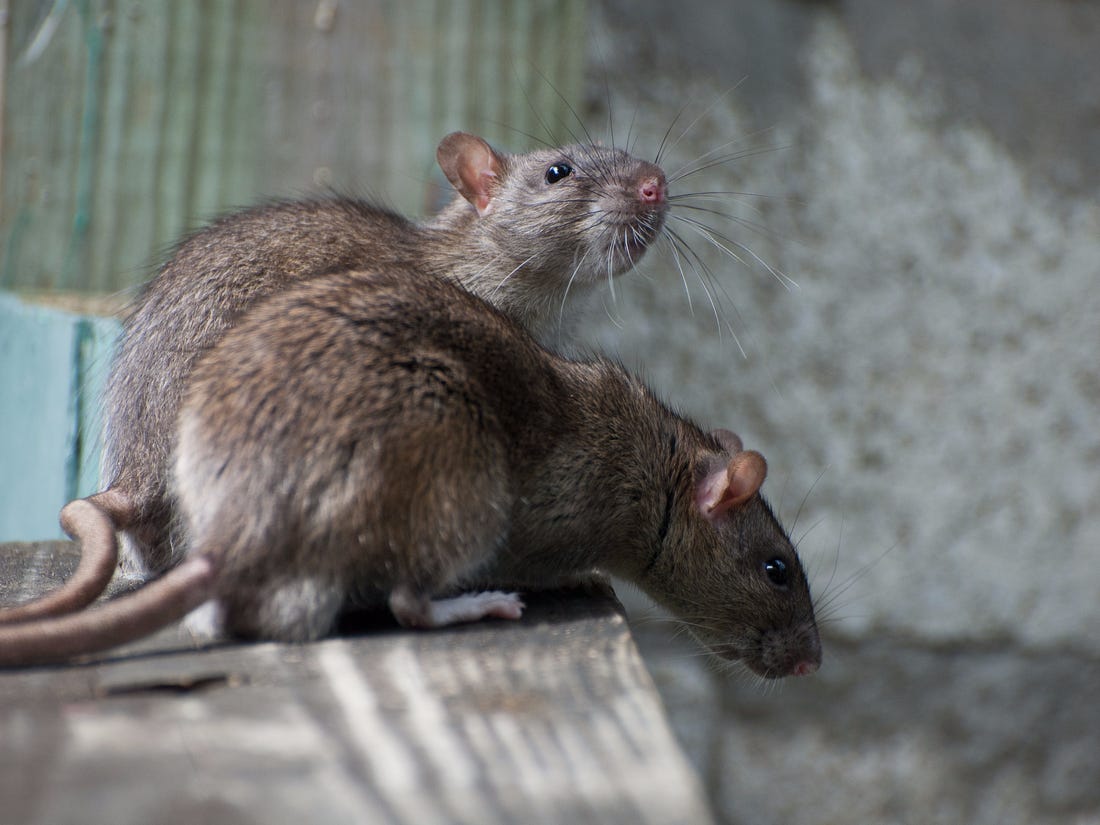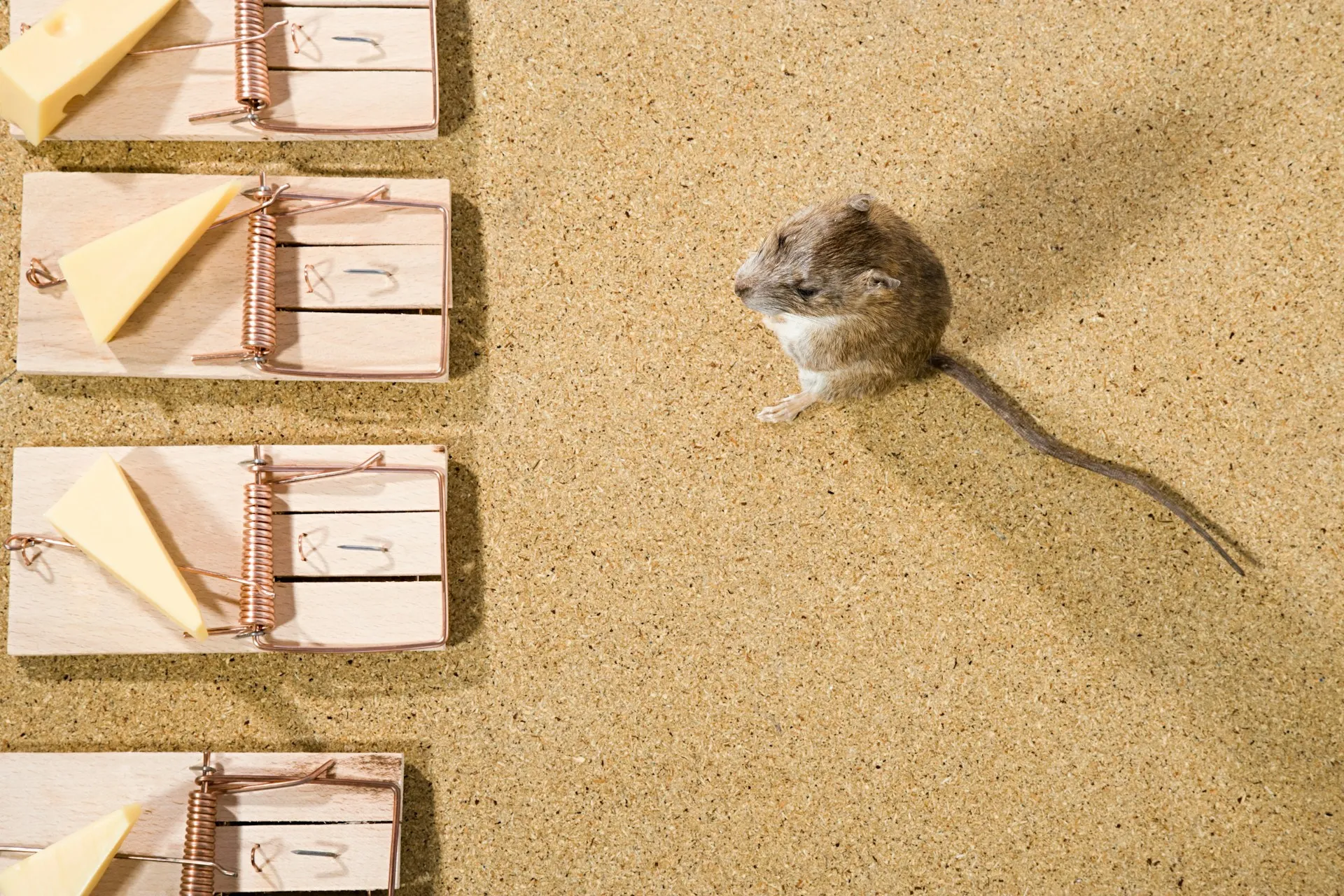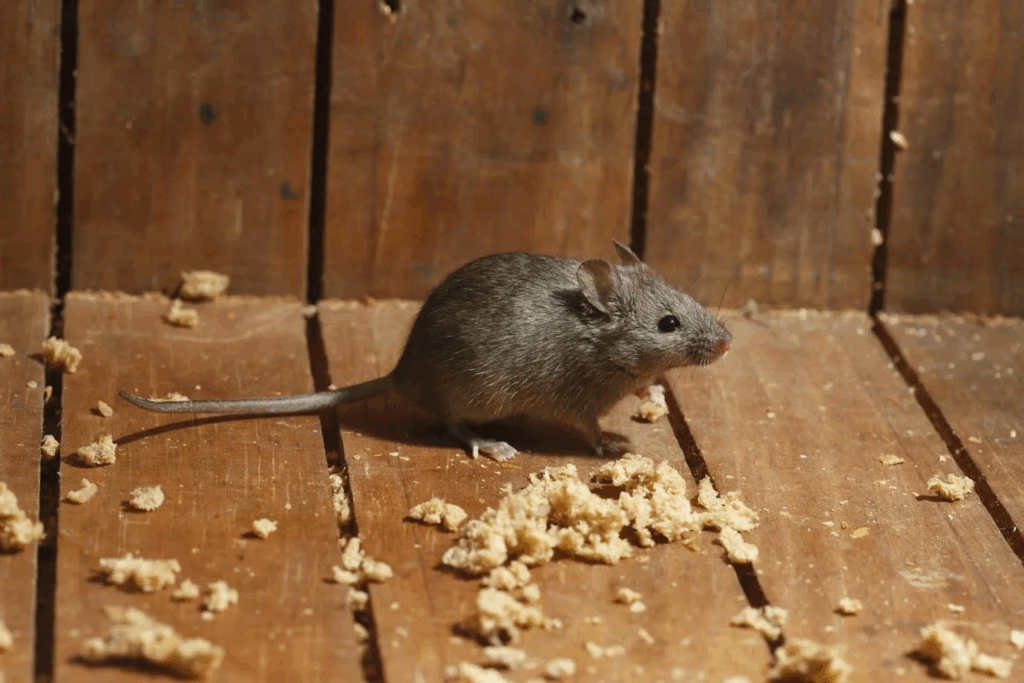Winter in Sydney brings unique challenges for homeowners, with rodent infestations ranking among the most pressing concerns. As temperatures drop, mice seek warm shelter, making residential properties prime targets for these unwanted guests.
Maintaining a pest-free home during winter requires a strategic approach. Professional mice control sydney services offer comprehensive solutions, combining inspection, prevention, and targeted treatments. These services employ safe, effective methods to protect homes while considering the specific needs of each property.
The key to successful winter pest control lies in:
- Early detection of rodent activity
- Prompt implementation of control measures
- Regular monitoring of potential entry points
- Maintenance of hygiene standards
A mouse infestation poses significant risks to both property and health:
- Property Damage: Mice can chew through electrical wiring, insulation, and structural materials
- Health Hazards: Rodents spread diseases through droppings and contaminate food storage areas
- Fire Risks: Damaged electrical wiring from rodent activity can create fire hazards
- Food Contamination: Mice can spoil stored food and kitchen supplies
A proactive stance against mice infestations safeguards both property value and family health. Professional pest control services in Sydney provide the expertise needed to keep homes rodent-free throughout the winter season.
Understanding Rodent Behaviour in Winter
Winter in Sydney drives rodents to seek warmth and shelter, leading to increased home invasions. These unwanted guests display specific behavioural patterns during the colder months:
Increased Indoor Activity
- Rodents seek heated spaces to nest and breed
- Search for consistent food sources becomes more aggressive
- Higher likelihood of establishing permanent colonies
Common Entry Points
- Gaps around utility pipes and cables
- Cracks in foundations and walls
- Spaces under doors and windows
- Roof vents and damaged tiles
- Unsealed drainage systems
Signs of Rodent Presence
- Dark, pellet-shaped droppings near walls or in cupboards
- Gnaw marks on food packaging, wood, or electrical wiring
- Greasy marks along walls and skirting boards
- Unusual scratching sounds in walls or ceiling cavities
- Distinctive musty odour in enclosed spaces
Rodents can squeeze through openings as small as 6mm for mice and 12mm for rats. Their exceptional climbing abilities allow access to upper floors through external walls and vegetation touching buildings. These pests are most active during dawn and dusk, though indoor infestations often result in round-the-clock activity as they establish territories within your home’s structure.

Prevention Methods for Mice Control
Effective mice prevention starts with creating physical barriers against these persistent pests. A thorough inspection of your property can reveal potential entry points that require immediate attention.
Essential Sealing Techniques:
- Fill gaps and cracks with a combination of steel wool and caulk
- Install door sweeps under external doors
- Seal utility pipe entrances with metal plates
- Repair damaged roof tiles and vents
Maintaining a Rodent-Resistant Environment:
- Store food in airtight containers
- Keep pet food in sealed bins
- Remove garden waste and fallen fruit
- Trim branches away from building structures
- Position bins at least 1 metre from walls
Natural Deterrent Solutions:
Create a peppermint oil spray:
- Mix 10-15 drops with water in a spray bottle
- Apply around entry points and known rodent paths
- Reapply weekly for maximum effectiveness
Apple cider vinegar application:
- Dilute equal parts vinegar and water
- Spray near potential entry areas
- Use cotton balls soaked in solution for targeted spots
Decluttering Strategies:
- Clear cardboard and paper materials
- Organise storage areas with plastic containers
- Remove unused items from garages and sheds
- Keep firewood stacked away from buildings
- Maintain clear spaces beneath appliances
These prevention methods create an unwelcoming environment for rodents while maintaining a safe, chemical-free approach to pest control.
Professional Pest Control Services in Sydney
Professional pest control services in Sydney use advanced inspection methods and targeted treatments to effectively combat rodent infestations. These services employ high-tech thermal imaging cameras and UV detection tools to identify hidden rodent pathways and nesting areas within walls and ceiling spaces.
Comprehensive Inspection Process
A thorough inspection process includes:
- Detailed property assessment using moisture meters
- Infrared scanning for heat signatures
- Advanced tracking powder application
- Digital monitoring systems for activity patterns
Modern Pest Control Treatments
Modern pest control treatments incorporate strategic placement of:
Targeted Control Methods
- Tamper-resistant bait stations
- Child-safe securing mechanisms
- Weather-resistant materials
- GPS-tracked placement locations
Eco-Friendly Solutions
- Low-toxicity baits
- Natural repellent systems
- Biodegradable materials
- Environmental impact assessments
Professional Exclusion Methods
Professional exclusion methods create lasting barriers against re-entry through:
- Metal sheeting installation
- Reinforced sealing compounds
- Heavy-duty mesh screening
- Professional-grade expanding foams
These systematic approaches ensure thorough rodent control while maintaining safety standards for household members. It is crucial to follow certain dos and don’ts in pest control to maximize effectiveness and safety. Professional services also implement regular monitoring schedules to track treatment effectiveness and adjust strategies as needed, creating a robust defence against future infestations.
Ongoing Prevention Plans with Integrated Pest Management (IPM) Approach
Integrated Pest Management (IPM) creates a sustainable, long-term strategy for rodent control through a systematic, science-based approach. This comprehensive method combines biological, cultural, physical, and chemical tools to minimise pest damage while protecting human health and the environment.
Key components of an effective IPM strategy include:
- Regular Monitoring: Systematic inspection of potential rodent activity areas
- Action Thresholds: Establishing pest population levels that trigger specific control measures
- Prevention: Implementing structural modifications and sanitation practices
- Cultural Controls: Modifying landscaping and waste management practices
- Biological Controls: Using natural predators and resistant plant varieties
- Chemical Controls: Applying targeted treatments only when necessary
The IPM approach prioritises prevention through:
- Identifying and addressing root causes of infestations
- Implementing multiple control tactics simultaneously
- Evaluating treatment effectiveness
- Adjusting strategies based on results
This systematic method reduces reliance on chemical pesticides while maintaining effective pest control. IPM programmes adapt to seasonal changes and evolving pest pressures, creating a dynamic defence against rodent infestations.
A successful IPM strategy requires collaboration between property owners and pest control professionals to maintain consistent monitoring and rapid response to emerging pest issues.

Importance of Timely Action and Regular Inspections Against Rodent Infestations
Delaying action against rodent infestations creates significant health risks for property occupants. Mice droppings contain harmful bacteria, spreading diseases such as:
- Salmonella
- Leptospirosis
- Hantavirus
- Lymphocytic choriomeningitis
The structural damage caused by rodents escalates rapidly when left unchecked. Mice can:
- Chew through electrical wiring, creating fire hazards
- Damage insulation materials
- Destroy wooden structures
- Contaminate stored food products
Regular property inspections serve as a critical defence mechanism against severe infestations. Professional pest controllers identify early warning signs through:
- Detailed examination of dark corners and hidden spaces
- Assessment of potential entry points
- Monitoring of previous problem areas
- Evaluation of existing prevention measures
A proactive approach to pest control reduces both health risks and repair costs. Professional inspections every 3-6 months help maintain a rodent-free environment through:
- Early detection of new pest activity
- Identification of structural vulnerabilities
- Assessment of current prevention methods
- Implementation of targeted control measures
Property owners who maintain regular inspection schedules report fewer instances of severe infestations and reduced long-term pest control expenses.
Conclusion
To keep your home pest-free during the winter months in Sydney, you need a smart combination of preventive measures and professional pest control services. By using effective strategies to control mice, you can protect both your property’s value and your family’s health. In Sydney, professional pest control services offer tailored solutions such as thorough inspections and targeted treatments to ensure long-term protection against rodent infestations.
The key elements of successful rodent control include:
- Regular property inspections
- Quick action at the first signs of an infestation
- Professional pest control interventions
- Ongoing preventive maintenance
By staying alert and working with qualified pest control experts, homeowners in Sydney can create a safe, rodent-free environment throughout the winter season and beyond.
Related : Rodent Treatment Sydney Services for Long-Term Protection
